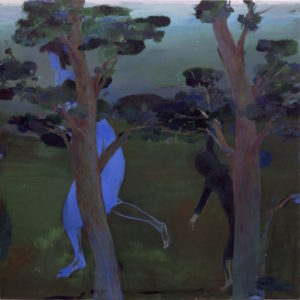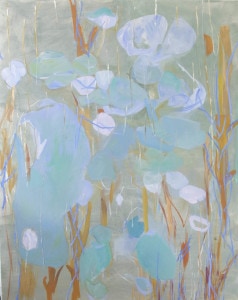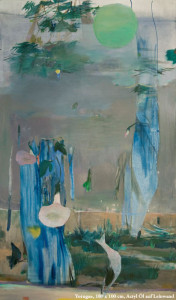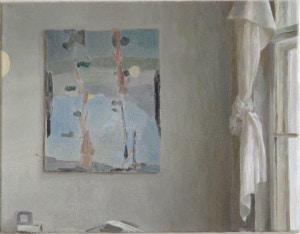
about
Keiko Kimoto
born 1977, Kyoto ( JAPAN)
2023 lives and works in Toyooka
Ein Gefühl für den schwebenden und ungesicherten Zustand des loslassens und losgelassenwerdens vermitteln die Aquarelle von Keiko Kimoto. Die Kyoto geborene Künstlerin hat Bildende Kunst an der Universität der Künste Berlin studiert. Ihre Arbeiten zeigte sie in zahlreichen Einzel- und Gruppenausstellungen u. a. in Tokyo, Luxemburg oder zu letzt im französischen Sète . Sie lebt in Berlin.
Die Vibration Der Dinge
15. Triennale Kleinplastik Fellbach
Die Vibration Der Dinge
15. Triennale Kleinplastik Fellbach
In collaboration with Gabriel Rossell Santillán
text from Andrea Meza Torres
Painter Keito Kimoto masters various techniques and languages. The artist is precise, simultaneous and expresses beauty through technique. She cares for the viewer, makes him/her think, imagine, make an effort to understand her paintings. Keiko Kimoto’s paintings distinguish themselves by still virtuosity which, at the same time, contain movement. Her technique involves quick brushes and improvisation; she masters the technique of freezing movement in painting and represents a paradox, the undepictable: she represents images of static movement. For the tapestry “Flowers beneath our feet”, which Keiko Kimoto painted together with Gabriel Rossell Santillán, there was no planning. A dialogue between the artists took place through improvisation: colors, buckets, different kinds of brushes (for example horse hair brushes) were employed for this intercultural exchange between Japan and Mexico. Different geographies and narrations came together, through improvisation. The most important detail of this work – made in a profound dialogue – is that both artists/painters finished each other’s images. After each one had started the images, they interchanged, thus finishing what the other had envisioned. According to Gabriel Rossell Santillán, this process is not usual as, in his words “no painter lets another painter finish his/her image”. This is very unusual and would represent the deepest communication possible: a perfect dialogue in synchronization which ended in a mirror effect. The tapestry, the aquarel, shows female figures/images of spirituality of both geographies. The finished piece is the representation of an intercultural and interreligious dialogue which re-members a Moghul tapestry of the 16th century. This tapestry is not about historical context, but rather about a remembrance in creativity, thus opening an imagining a tapestry whose pieces have been lost and scattered. It shows the way in which dialogues and connections can be made through the metaphor of the Pacific – which can go back in time (to the 16th century) and exist simultaneously in the present.
© Andrea Meza Torres







